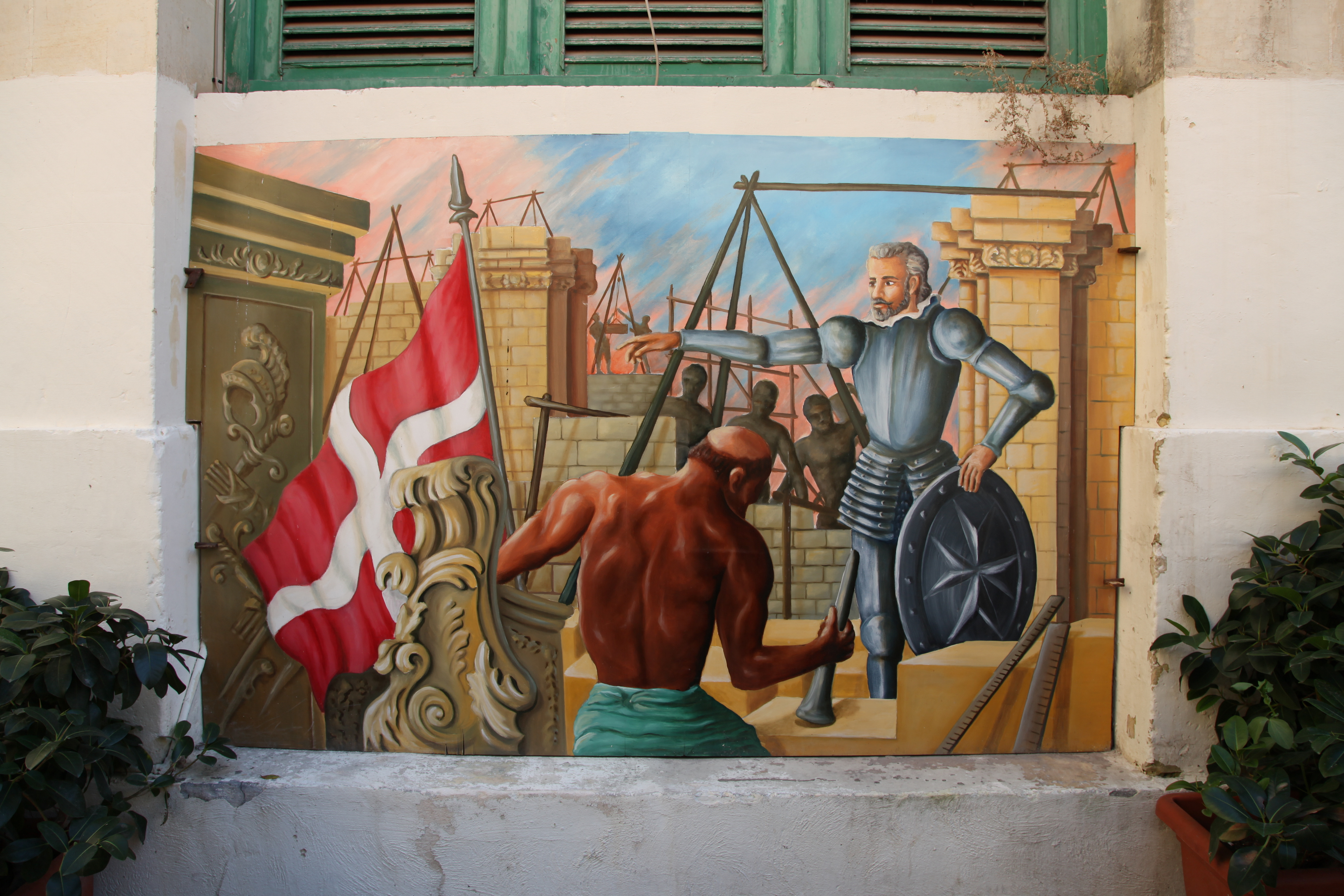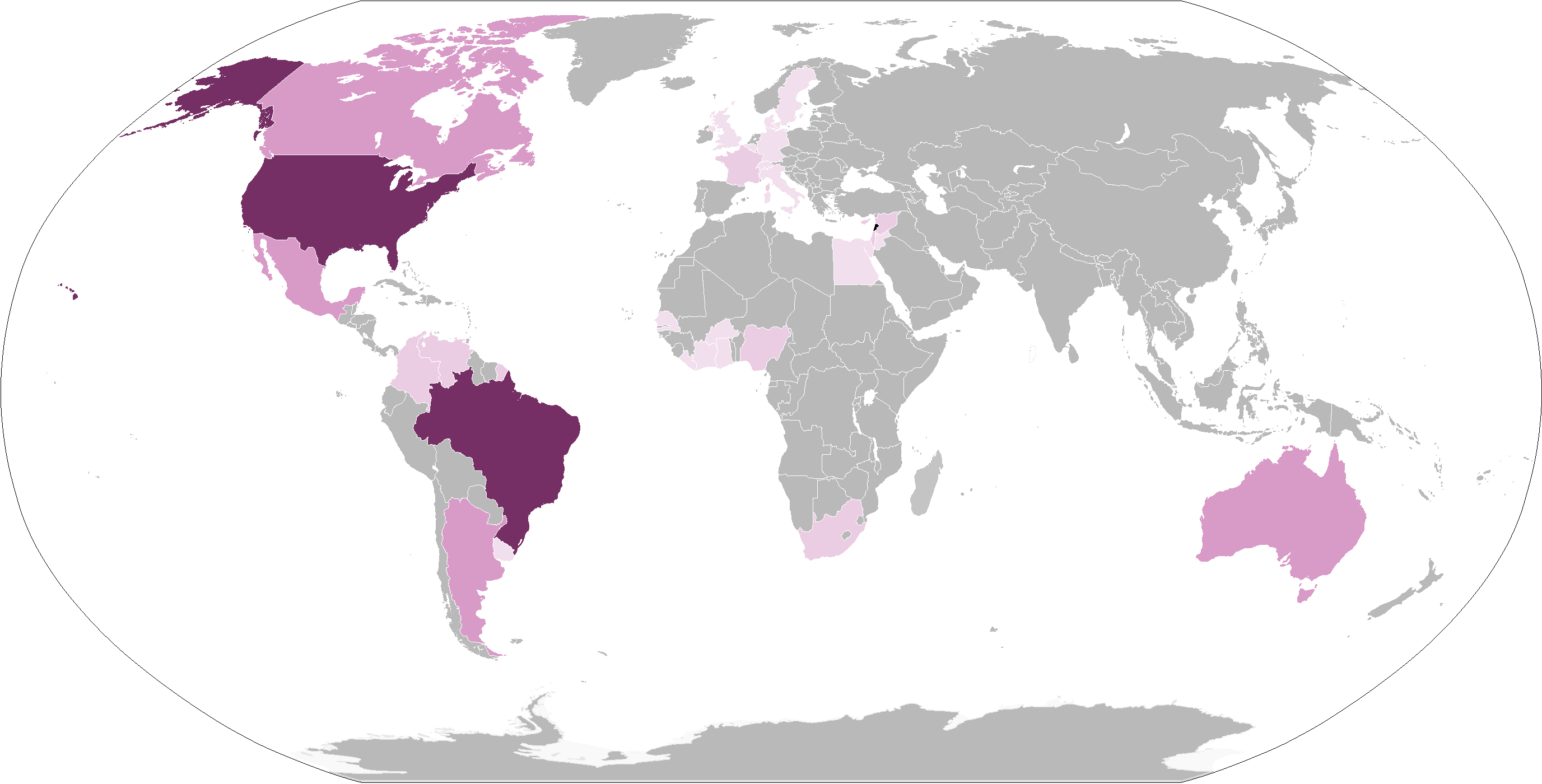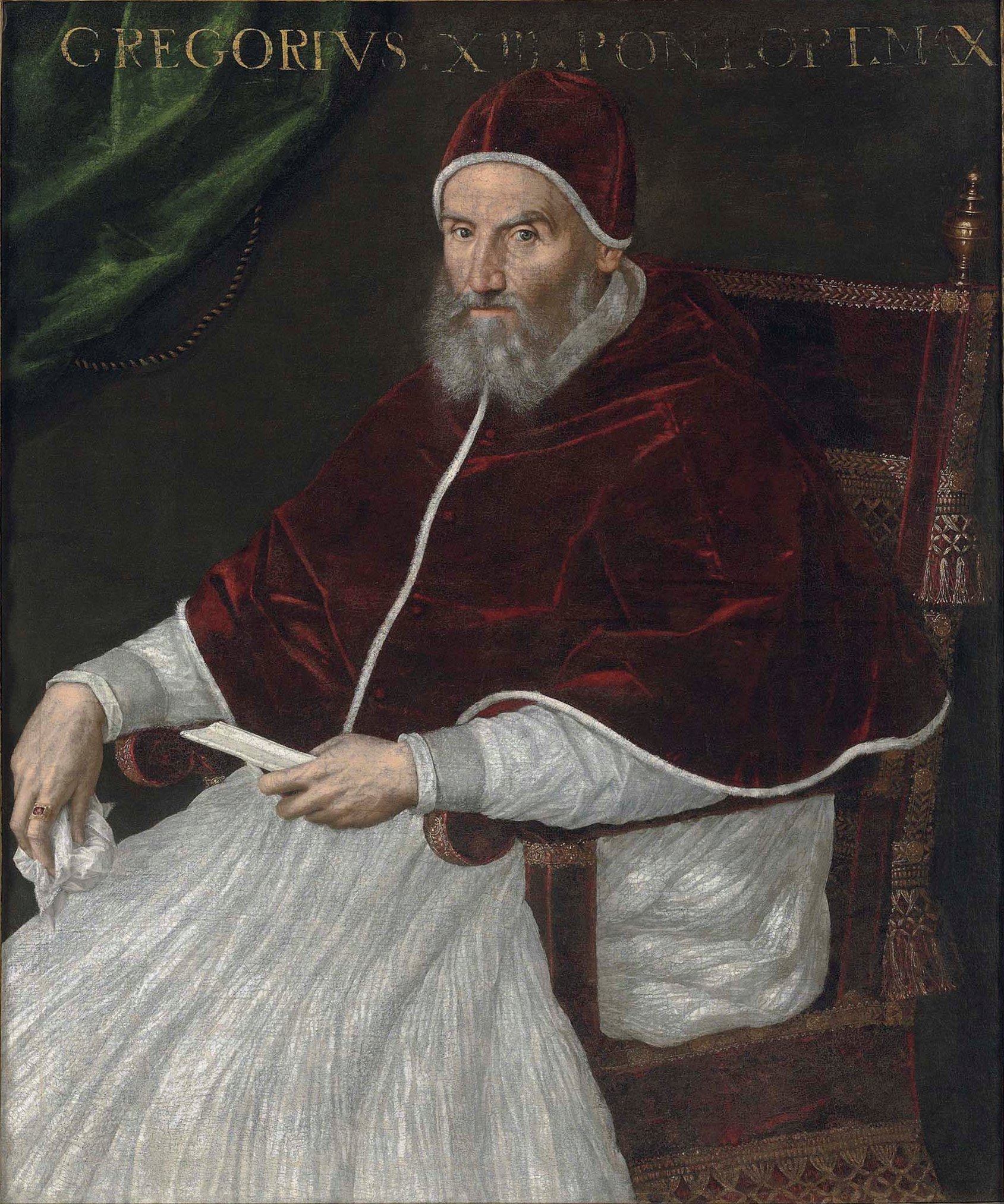|
Domenico Magri
Joannes Domenico Magri (Valletta, 28 March 1604 – Viterbo, 4 March 1672) was an Italian Roman Catholic priest and scholar. He was active in various roles in service of the Catholic church, including ambassadorial roles, professorial roles, parish priest, Protonotary Apostolic and secretary of the Congregation for the Propagation of Faith. He wrote a scholarly volume on ecclesiastical terms, which was well received in his time; however, today he is perhaps best known for his short book on the ''Virtues of Coffee'' published in 1671. Early life and ordination Magri was born in Valletta to Luigi Magri and Susanna née Casauro, originating from Italy. He received his tonsure and the first four minor orders in September 1620 at Monte Cagliaresio (a country estate of Bishop Cagliares near Mdina). At 16, he was ordained by the bishop. He then proceeded to study law in Palermo under his maternal uncle, Professor Luigi Casauro, before continuing his education in Rome. Magri was induc ... [...More Info...] [...Related Items...] OR: [Wikipedia] [Google] [Baidu] |
Valletta
Valletta ( ; , ) is the capital city of Malta and one of its 68 Local councils of Malta, council areas. Located between the Grand Harbour to the east and Marsamxett Harbour to the west, its population as of 2021 was 5,157. As Malta’s capital city, it is a commercial centre for shopping, bars, dining, and café life. It is also the southernmost capital of Europe, and at just , it is the European Union's smallest capital city. Valletta's 16th-century buildings were constructed by the Hospitaller Malta, Knights Hospitaller. The city was named after the Frenchman Jean Parisot de Valette, who succeeded in defending the island against an Ottoman invasion during the Great Siege of Malta. The city is Baroque architecture, Baroque in character, with elements of Mannerist architecture#Mannerist architecture, Mannerist, Neoclassical architecture, Neo-Classical and Modern architecture, though the Second World War left major scars on the city, particularly the destruction of the Royal Oper ... [...More Info...] [...Related Items...] OR: [Wikipedia] [Google] [Baidu] |
Pontifical Maronite College
The Pontifical Maronite College (Italian: ''Pontificio Collegio dei Maroniti'') is one of the Roman Colleges of the Catholic Church. Founded originally in 1584 in order to educate Maronite Church, Maronite priests, the college provides now higher education to priests from also other Eastern denominations and serves as the pastoral mission for the adjacent San Marone, Rome, church of St Maron and the Procuracy of the Maronite Catholic Patriarchate of Antioch, Patriarchate of Antioch of the Maronites to the Holy See. History Background When the Crusaders arrived in the Near East, they were welcomed mostly warmly by the Maronites and attempts to renew or create a union between the Catholic and Maronite church followed. The papacy might have accepted the Maronites into union around 1181/82 and the Maronite Patriarch Jeremiah al-ʿAmshiti visited Rome in 1213, receiving from the pope the pallium, sign of a formal Roman acceptance of his position as patriarch. After the Mamluk expulsion ... [...More Info...] [...Related Items...] OR: [Wikipedia] [Google] [Baidu] |
16th-century Writers In Latin
The 16th century began with the Julian calendar, Julian year 1501 (represented by the Roman numerals MDI) and ended with either the Julian or the Gregorian calendar, Gregorian year 1600 (MDC), depending on the reckoning used (the Gregorian calendar introduced a lapse of 10 days in October 1582). The Renaissance in Italy and Europe saw the emergence of important artists, authors and scientists, and led to the foundation of important subjects which include accounting and political science. Copernicus proposed the Copernican heliocentrism, heliocentric universe, which was met with strong resistance, and Tycho Brahe refuted the theory of celestial spheres through observational measurement of the SN 1572, 1572 appearance of a Milky Way supernova. These events directly challenged the long-held notion of an immutable universe supported by Ptolemy and Aristotle, and led to major revolutions in astronomy and science. Galileo Galilei became a champion of the new sciences, invented the first ... [...More Info...] [...Related Items...] OR: [Wikipedia] [Google] [Baidu] |
People From Valletta
The term "the people" refers to the public or common mass of people of a polity. As such it is a concept of human rights law, international law as well as constitutional law, particularly used for claims of popular sovereignty. In contrast, a people is any plurality of persons considered as a whole. Used in politics and law, the term "a people" refers to the collective or community of an ethnic group or nation. Concepts Legal Chapter One, Article One of the Charter of the United Nations states that "peoples" have the right to self-determination. Though the mere status as peoples and the right to self-determination, as for example in the case of Indigenous peoples (''peoples'', as in all groups of indigenous people, not merely all indigenous persons as in ''indigenous people''), does not automatically provide for independent sovereignty and therefore secession. Indeed, judge Ivor Jennings identified the inherent problems in the right of "peoples" to self-determination, as i ... [...More Info...] [...Related Items...] OR: [Wikipedia] [Google] [Baidu] |
1672 Deaths
Events January–March * January 2 – After the government of England is unable to pay the nation's debts, King Charles II decrees the Stop of the Exchequer, the suspension of payments for one year "upon any warrant, securities or orders, whether registered or not registered therein, and payable within that time, excepting only such payments as shall grow due upon orders on the subsidy, according to the Act of Parliament, and orders and securities upon the fee farm rents, both which are to be proceeded upon as if such a stop had never been made." The money saved by not paying debts is redirected toward the expenses of the upcoming war with the Dutch Republic, but the effect is for the halt by banks for extending further credit to the Crown. Before the end of the year, the suspension of payments is extended from December 31 to May 31, and then to January 31, 1674. * January 11 – The Royal Society of London for Improving Natural Knowledge, national sci ... [...More Info...] [...Related Items...] OR: [Wikipedia] [Google] [Baidu] |
1604 Births
Sixteen or 16 may refer to: *16 (number) *one of the years 16 BC, AD 16, 1916, 2016 Films * '' Pathinaaru'' or ''Sixteen'', a 2010 Tamil film * ''Sixteen'' (1943 film), a 1943 Argentine film directed by Carlos Hugo Christensen * ''Sixteen'' (2013 Indian film), a 2013 Hindi film * ''Sixteen'' (2013 British film), a 2013 British film by director Rob Brown Music * The Sixteen, an English choir * 16 (band), a sludge metal band * Sixteen (Polish band), a Polish band Albums * ''16'' (Robin album), a 2014 album by Robin * 16 (Madhouse album), a 1987 album by Madhouse * ''Sixteen'' (album), a 1983 album by Stacy Lattisaw *''Sixteen'' , a 2005 album by Shook Ones * ''16'', a 2020 album by Wejdene Songs * "16" (Sneaky Sound System song), 2009 * "Sixteen" (Thomas Rhett song), 2017 * "Sixteen" (Ellie Goulding song), 2019 *" Six7een", by Hori7on, 2023 *"16", by Craig David from ''Following My Intuition'', 2016 *"16", by Green Day from ''39/Smooth'', 1990 *"16", by Highly Suspect ... [...More Info...] [...Related Items...] OR: [Wikipedia] [Google] [Baidu] |
College Of The Propaganda Fide
The Congregation for the Evangelization of Peoples (CEP; ) was a congregation of the Roman Curia of the Catholic Church in Rome, responsible for missionary work and related activities. It is also known by its former title, the Sacred Congregation for the Propagation of the Faith (), or simply the ''Propaganda Fide''. On 5 June 2022, it was merged with the Pontifical Council for Promoting the New Evangelization into the Dicastery for Evangelization. It was responsible for Latin Church pre-diocesan missionary jurisdictions: missions sui iuris, apostolic prefectures (neither entitled to a titular bishop) and apostolic vicariates. Eastern Catholic equivalents like apostolic exarchate are the responsibility of the Dicastery for the Eastern Churches. However many former missionary jurisdictions – mainly in the Third World – remain, after promotion to diocese of (Metropolitan) Archdiocese, under the Propaganda Fide instead of the normally competent Congregation for Bishops, notably ... [...More Info...] [...Related Items...] OR: [Wikipedia] [Google] [Baidu] |
Maronite
Maronites (; ) are a Syriac Christianity, Syriac Christian ethnoreligious group native to the Eastern Mediterranean and the Levant (particularly Lebanon) whose members belong to the Maronite Church. The largest concentration has traditionally resided near Mount Lebanon in modern Lebanon. The Maronite Church is an Eastern Catholic Catholic particular churches and liturgical rites, particular church in full communion with the pope and the rest of the Catholic Church. The Maronites derive their name from Saint Maron, (350-410 AD. ), a monk who migrated with his followers from Antioch to the Lebanese Mountains and founded the Maronite church. The spread of Christianity was very slow in the Lebanese region, in the 5th century AD in the highlands they were still pagan. St. Maron sent the apostle Abraham of Cyrrhus known as the "Apostle of Lebanon" with a mandate to convert the pagan inhabitants of Lebanon to Christianity. After their conversion, the inhabitants of the region renamed t ... [...More Info...] [...Related Items...] OR: [Wikipedia] [Google] [Baidu] |
The Maronites
Maronites (; ) are a Syriac Christian ethnoreligious group native to the Eastern Mediterranean and the Levant (particularly Lebanon) whose members belong to the Maronite Church. The largest concentration has traditionally resided near Mount Lebanon in modern Lebanon. The Maronite Church is an Eastern Catholic particular church in full communion with the pope and the rest of the Catholic Church. The Maronites derive their name from Saint Maron, (350-410 AD. ), a monk who migrated with his followers from Antioch to the Lebanese Mountains and founded the Maronite church. The spread of Christianity was very slow in the Lebanese region, in the 5th century AD in the highlands they were still pagan. St. Maron sent the apostle Abraham of Cyrrhus known as the "Apostle of Lebanon" with a mandate to convert the pagan inhabitants of Lebanon to Christianity. After their conversion, the inhabitants of the region renamed the Adonis River to the Abrahamic River in honor of the Saint who preach ... [...More Info...] [...Related Items...] OR: [Wikipedia] [Google] [Baidu] |
Pope Gregory XIII
Pope Gregory XIII (, , born Ugo Boncompagni; 7 January 1502 – 10 April 1585) was head of the Catholic Church and ruler of the Papal States from 13 May 1572 to his death in April 1585. He is best known for commissioning and being the namesake for the Gregorian calendar, which remains the internationally accepted civil calendar to this day. Early biography Youth Ugo Boncompagni was born the son of Cristoforo Boncompagni (10 July 1470 – 1546) and Angela Marescalchi, and paternal grandson of Giacomo Boncompagni and Camilla Piattesi, in Bologna, where he studied law and graduated in 1530. He later taught jurisprudence for some years, and his students included notable figures such as Cardinals Alexander Farnese, Reginald Pole and Charles Borromeo. He had an illegitimate son after an affair with Maddalena Fulchini, Giacomo Boncompagni, but before he took holy orders, making him the last Pope to have left issue. Career before papacy At the age of 36 he was summoned to Rome ... [...More Info...] [...Related Items...] OR: [Wikipedia] [Google] [Baidu] |
Francesco Maria Brancaccio
Francesco Maria Brancaccio (15 April 1592, in Canneto, near Bari – 9 January 1675) was an Italian Catholic cardinal."Francesco Maria Cardinal Brancaccio" ''''. David M. Cheney. Retrieved 26 August 2016 Naples Brancaccio was born on 15 April 1592, the son of Baron Muzio II Brancaccio, governor of and in the |
Viterbo
Viterbo (; Central Italian, Viterbese: ; ) is a city and ''comune'' (municipality) in the Lazio region of Italy, the Capital city, capital of the province of Viterbo. It conquered and absorbed the neighboring town of Ferento (see Ferentium) in its early history. It is approximately north of GRA (Rome) on the Via Cassia, and it is surrounded by the Monti Cimini and Monti Volsini. The historic center is surrounded by the medieval walls of Viterbo, which are still mainly intact, built during the 11th and 12th centuries. Entrance to the walled center of the city is through ancient gates. Apart from agriculture, Viterbo's main resources are pottery, peperino stone, and wood. The town is home to the Italian gold reserves, an important Academy of Fine Arts, the Tuscia University, University of Tuscia, and the Italian Army's Aviation Command headquarters and training centre. It is located in a wide thermal area, attracting many tourists from all over central Italy. History The first ... [...More Info...] [...Related Items...] OR: [Wikipedia] [Google] [Baidu] |







